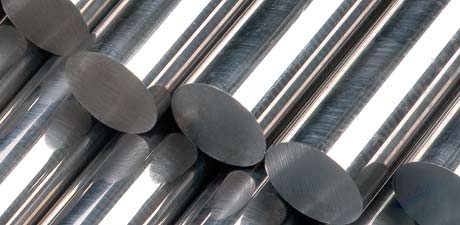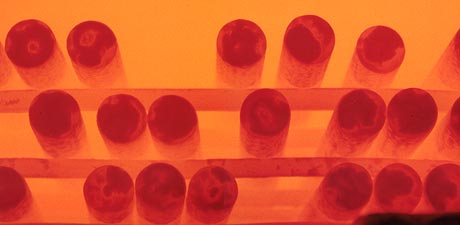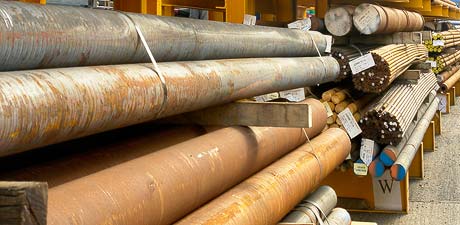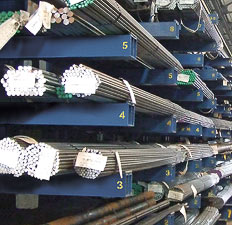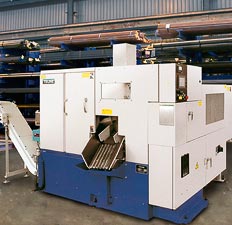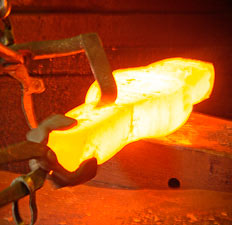Technical Data
Metallurgical Terms
Cold Lap.
Wrinkled markings on the surface of an ingot representing incipient freezing of the surface of the metal, due to too low a casting temperature. The surface is liable to contain oxide at the base of the wrinkles and subsequent hot working may lead to cracks, rokes or double skins.
Cold Rolling.
Rolling of metal or steel at room temperature to provide a smooth surface finish and/or enhanced tensile strength. (See Cold Working).
Cold Short.
Lack of ductility when worked in the cold.
Cold Working.
Altering shape by plastic deformation below the annealing or recrystallization temperature. This treatment may consist of cold rolling, hammering, drawing, pressing, heading, spinning, extruding, or swaging, usually at room temperature. The hardness and tensile strength are progressively increased with the degree of cold work, whilst the ductility and impact values are lowered. Where this increased hardness is not desired, the material is annealed between the cold working operations or it may be subjected to a final annealing. Steels containing 0.7-0.85% carbon may be cold worked until they possess a tensile strength of 1850N/mm2 (120 tons per square inch), while piano wires may attain 2300 N/mm2 (150 tons per square inch) or higher.
Columnar Crystals.
Crystals which during solidification have grown preferentially in one direction, owing to a temperature gradient, thus developing one axis which is longer than any other.
Combined Carbon.
Carbon present in steel or cast iron which is in the form of carbide such as iron carbide (Fe3C), as distinct from graphite and temper carbon.
Constitutional Diagram.
A diagram representing the limits of temperature and composition within which the different phases or constituents occurring in an alloy system are stable.
Contact Corrosion.
The corrosion occurring when two dissimilar metals are in contact in the presence of a liquid which can serve as an electrolyte. Owing to the different solution pressures of the two metals, electric potentials similar to those operating in an ordinary voltaic cell are set up and the less noble of the metals is liable to be attacked.
Continuous Casting.
A method of producing cast slabs, blooms or billets in long lengths using water-cooled moulds of very short length. The castings are continuously withdrawn through the bottom of the moulds while teeming of the metal is proceeding. (See Bloom, Billet).
Contraction Cavities.
Voids formed when the supply of molten metal fails at certain points. In well designed castings, the bulk of the contraction that accompanies the solidification is concentrated in the feeder heads and risers, from which molten metal flows to compensate for contraction in the casting proper. In steel ingots the contraction may result in the formation of pipe if feeding is inadequate.
Controlled Atmosphere.
A gas or mixture of gases in which steel articles are heated to produce or maintain a specific surface condition. Hydrocarbons, such as propane, may be added to produce a carburizing atmosphere. Ammonia is used to produce an atmosphere for nitriding, or for the bright annealing of stainless steel.
Converted Bar.
(See Cementation).
Converting Furnace.
(See Cementation).
Converting Pots.
(See Cementation).
Converting Process.
(See Cementation).


